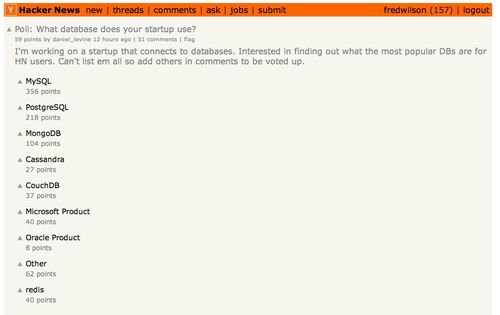MBA Mondays: Revenue Models - Licensing
Licensing, according to wikipedia, is an authorization (by the licensor) to use the licensed material (by the licensee). Of all the business models listed on the revenue model hackpad, licensing is the least net native business model. There is very little about the internet that makes licensing work better and there is a lot that makes it work worse.
Here are some of the ways licensing can be used to build a business:
The first five items in that list are related to the software business and reflect the dominant business model for software before the internet came along. Software used to be sold (licensed) with maintenance as the recurring revenue item. The internet has largely changed that with software moving to a subscription model (SAAS) as we discussed in the subscription post. Software is still sold with a license, in fact the SAAS model doesn't change the provision of a license, but the idea that you will pay up front for a license has largely gone away in favor of the subscription.
An important and growing form of license is the open source license. There are a number of variants on the open source license but the basic idea is the licensor makes a license of the software avaialable for free for anyone to use, modify, and share. The benefits of this model is that the software is maintained and improved by a group of developers working together with no economic model around their collaboration.
The last two items are forms of intellectual property licensing where an owner of a patent or a brand will license it to someone else to use in return for a monetary payment. These revenue models can work online but they don't take advantage of the scalability of the internet. In fact intellectual property and the internet are in many ways in tension with each other.
The only form of licensing that USV is actively investing around is the open source model. We think open source is an attractive form of licensing that creates network effects in the developer and user community and we have had success investing in the open source model.
That said, licensing is probably the least interesting business model to me of all the ones we are covering in this series. It is possible that entrepreneurs will invent new ways of licensing that take advantage of the scale and reach of the global internet, in the way that open source does, and that could produce some interesting opportunities.





![Reblog this post [with Zemanta]](http://img.zemanta.com/reblog_b.png?x-id=08161bab-7b47-40d4-b278-982d838f71a4)